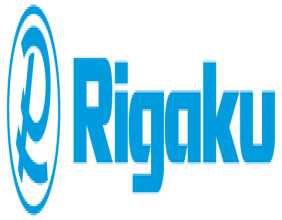Highlights:
ADF Group's debt load draws attention amid capital structure reviews.
Company’s liabilities tied to infrastructure and production investments.
Balance sheet elements reflect sector-wide financial themes.
ADF Group Inc. (TSX:DRX) is part of the Canadian materials sector, primarily operating in the industrial steel fabrication and erection market. The company manufactures complex structural components used in non-residential construction projects, including commercial and public infrastructure across North America.
Its core activities revolve around engineering, detailing, manufacturing, and installation services tailored for large-scale projects. This specialization places the company within a niche of high-capacity steel structure suppliers. Equipment intensity and project timelines form a critical part of how operations are financed and structured.
Debt Profile Reflects Capital-Intensive Business Model
ADF Group's financing structure incorporates various liabilities that align with its capital-intensive operations. These obligations relate to fixed asset investments such as plant expansions, technology upgrades, and logistical equipment required for production scale.
Working capital needs in fabrication-heavy businesses often involve upfront material procurement, payroll coverage for large-scale assembly contracts, and delayed receivables linked to customer billing cycles. As such, companies in this space typically manage both short- and long-term debt instruments as part of their operations framework.
Liabilities Shaped by Infrastructure Commitments and Project Timelines
The company’s balance sheet includes obligations tied to its long-cycle contracts. Project delivery in the structural steel industry is generally dependent on multi-month timelines, requiring upfront resource commitment and sustained capital deployment.
This financing structure supports active fabrication pipelines, where raw steel inputs and detailed engineering workflows are handled in parallel. Delays in client payment or adjustments in construction schedules may influence how liabilities are distributed over a reporting period. These are common features in businesses serving infrastructure development and commercial real estate construction.
Cash Flow Utilization Aligned With Project Delivery Cycles
ADF Group’s use of capital appears structured around matching cash inflows from completed stages of client projects with debt service requirements. Fabrication milestones often involve partial invoicing, which then funds subsequent production or site work.
The pace of capital recovery in fabrication projects affects how companies manage liquidity. Access to credit lines or fixed-rate borrowings often helps smooth operational flows between project start and completion. As production capacity ramps in response to contract wins, capital management becomes central to operations planning.
Equity Position Supports Debt Structure in Asset-Heavy Segment
Within the broader materials sector, a stable equity position often supports liability levels for companies involved in manufacturing and infrastructure supply. ADF Group’s asset base, which includes machinery, fabrication facilities, and transport assets, typically acts as collateral within its financing arrangements.
In businesses where fixed infrastructure and specialized technical resources are essential, asset-backed structures commonly appear on balance sheets. These arrangements reflect the capital demands required to maintain production continuity, equipment reliability, and fulfillment capacity across geographic regions.




